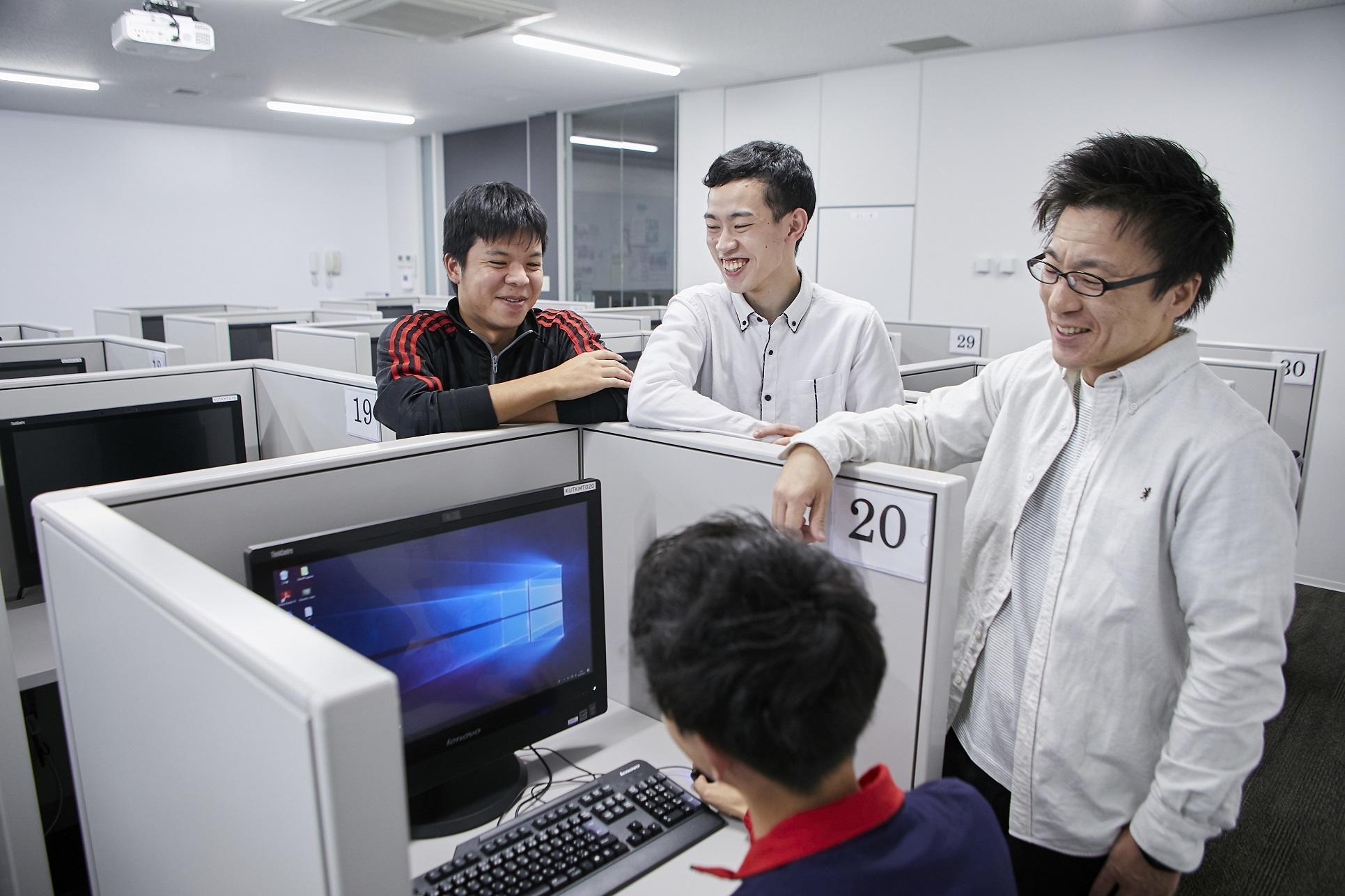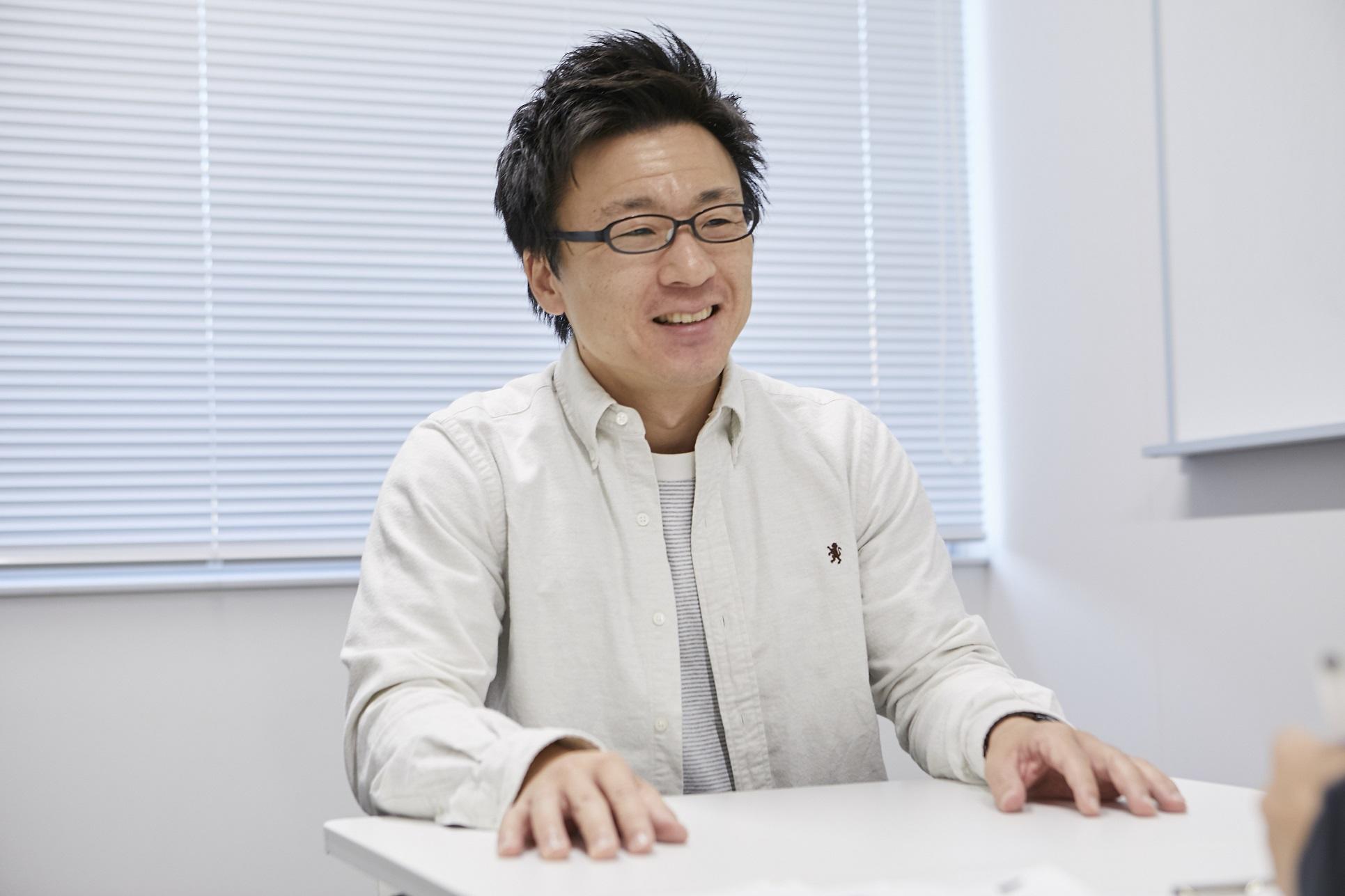- TOP
- Cutting-edge Research and Social Contribution
- Psychology
- Elucidating the psychological mechanism of human conflict

Elucidating the psychological mechanism of human conflict

MIFUNE Nobuhiro
- Specialized field
Psychology, social psychology, evolutionary psychology
Solving a long unsolved mystery: the basic psychology of cooperation and aggression
What psychological mechanism is involved when humans in a group fight with another group, as in a war? It is often claimed that humans have an instinct to attack other groups, but is that true?
Recently, researchers around the world have been hotly debating the question, "Is inter-group conflict an inherited human behavior?" Humans have formed groups since prehistoric times, working in cooperative relationships within the groups, while at the same time engaging in inter-group conflicts.
In social psychology, research has focused on the fundamental behavior of human in-group bias (cooperative behavior within in-groups and aggressive behavior towards other groups). In-group bias, which favors insiders who belong to the same group over outsiders, is a mysterious behavior for both economics and biology; it contradicts the theory of maximization of self-interest, established in both economics and biology.
To explore this behavioral tendency, thought to be unique to humans, Associate Professor Mifune conducted behavioral economics research to determine whether human actions do in fact correspond to the theoretical models constructed by biologists and economists, working towards an understanding of the psychological mechanisms of that behavior.
Then, in what situations do humans distinguish inside from outside and give preferential treatment to inside over outside? Many studies show that in-group bias occurs even in "minimal condition groups," groups that exist only in laboratories where groups are formed on the basis of trivial criteria such as preference for Klee paintings vs. Kandinsky paintings. In recent years, many experimental studies have found cooperation within in-groups, but no evidence concerning aggression against out-groups.
In his experiments, Dr. Mifune found that in-group cooperation only increases when you know that the other party belongs to the same in-group. He believes that equal status in a group is the basis for collective cooperation. That is, if you cooperate now, you expect to get some benefit later. On the other hand, if a party does not know which group you belong to, and if you do not cooperate but nobody in your group notices that you as an in-group member are not cooperating, you will not be motivated to cooperate.
Interestingly, he has found that even when the other party does not know which group you belong to, cooperation within the in-group can be enhanced simply by displaying an abstract image of a pair of eyes on the personal computer screen.
Dr. Mifune says, "We intuitively sense that it is natural for humans to help each other in an in-group, and if they do not help each other, trouble will arise. That's why even in the presence of just an image of a pair of eyes which give the impression of monitoring, people may experience a sense that they should cooperate within the group.''
Is aggression against the out-group a human instinct?
On the other hand, the research finding of no aggression towards out-groups has prompted a prominent world-class researcher to put forth the powerful hypothesis that cooperativeness in the in-group and aggression towards the out-group have co-evolved .
Dr. Mifune continues, "In a recent publication in a prominent journal, it was claimed that a single individual might have evolved a gene prompting two behaviors: cooperativeness within the in-group and aggression towards out-groups. This finding has had an impact on a wide range of fields within the social sciences, and is seen as significant in psychology."
It has been shown that humans are cooperative within in-groups; however aggression against out-groups has not been demonstrated. Is it correct, this hypothesis that humans have evolved to both cooperate within in-groups and aggressively attack out-groups? Dr. Mifune says, "Even from an evolutionary perspective and considering the results of previous studies in social psychology, little is known about why and how aggression towards out-groups occurs, in particular we do not understand the most fundamental psychological mechanisms there."
The validity of this hypothesis can be verified by actually observing human behavior. Dr. Mifune attempted to answer the fundamental question of whether humans actually manifest aggression towards out-groups, through experiments focusing on pre-emptive striking behavior.
Dr. Mifune developed an economic experiment involving a game that prompts a pre-emptive striking behavior, i.e. an attack before the opponent attacks. Participants form pairs and each member decides within a limited time whether or not to press a button displayed on the screen. For example, if neither presses the button, each will win 1500 yen. If the button is pressed, the person who pressed it pays 100 yen and the person who was preempted pays 1000 yen. However, the result is determined by quickness of pressing, i.e. there is no result in which both people press the button, so it is better to not press the button if you expect that your opponent will not press it, and it is better to press it first if you expect that your opponent will press it.
The game use in the study used the minimal condition group, divided by means of the painting preference mentioned above. In this study, the attack rate was found to be the same for pairs who were in the same in-group and those who were in different groups.
Dr. Mifune says, "In the minimal condition group where cooperation within the in-group has been confirmed, aggression towards out-group was not necessarily found.
This means that the situation in which cooperation occurs within an in-group and the situation in which aggression occurs towards out-group are different. If humans acquired a set of behaviors of cooperation within in-group and aggression towards out-group in the course of evolution, we would not get that result. So, we should think that the evolutionary bases and psychological mechanisms of the two behaviors are different."
What are the factors that promote attacks resulting from asymmetric attack power?
Experiments have shown that cooperation within in-group and aggression towards out-group are unrelated. Then, under what conditions does human aggression towards out-groups occur? We don't know that yet.
Dr. Mifune explains, "I think that various factors such as racism and conflict between nations can give rise to aggressive attacks on out-groups. That is understandable; but what would be the necessary and/or sufficient condition added to the study of artificial and trivial groups, for example the Klee and Kandinsky gropus, to evoke aggression towards the out-group? I wanted to some economic experiments on that basis."
So, first of all, observing one-against-one, three-against-three and one-against-three versions of the pre-emptive strike game, he compared the rate of attack for the case where two people play the game; the case where three players discuss before playing a game with three others, who also have pre-game discussion; the case where one person plays the game against three; and the case where three play against one.
This game has a reward structure: each player puts 500 yen in the pot, and if neither player presses the button, the 500 yen stays on the table. If one person presses the button, he/she will have their pot reduced by 100 yen, and the other person will have their pot reduced by 400 yen. In the case of a group of three people, one person presses one button on behalf of the group, but if a group member presses the button and the attack succeeds, their capital is reduced by 100 yen each, whereas if the opponent presses the button first, their pot is decreases by 400 yen each.
A much higher attack rate was observed when three people played against one person than in the one-against-one, one-against-three, and three-against-three cases.
Dr. Mifune continues, "I thought that if attacks between groups is more likely, a three-against-three scenario would be more aggressive than a one-against-one if it was easier to attack as a group, but there was no difference. On the other hand, it is not so likely that one person will attack three, but surprisingly the attack rate was higher when three people played against one.''
What does this mean? Dr. Mifune points out one possibility: "I think one reason for this phenomenon is asymmetric attack power. When three people play one person, the single person pays 100 yen and deducts 1200 yen from the group of three people. However, when three people pay 100 yen each, they can only deduct 400 yen from the single player. The magnitude of attack power is much different. It can be said that there is a tendency for a person with lower attack power to attack without hesitation to fend off an attack from a stronger group.''
Subsequently, he conducted an experiment to determine whether or not increased tendency to attack under asymmetry of attack power is largely in attacks on out-group. He found that when the attack power is the same or when the single player's power is greater, a player will attack his/her in-group as often as he attacks the out-group; but if the opponent's power is greater, the weak-power individual will attack the out-group more than the in-group. This experimental result is the world's first study of aggression towards out-group in a minimal condition group.
"Many researchers are now investigating the psychology of human conflict, but the reason for aggression towards out-groups has yet to be discovered. I don't know yet whether my result is a gem or just a stone, but I think it will be a step towards elucidation. Further studies with similar experiments should result in positive proof. I would like to be able to say, "I am the first in the world to clarify the psychological mechanism of aggression towards out-groups."
Towards truly interdisciplinary research with cross-disciplinary experimental methods
Dr. Mifune started his research on the theme of in-group cooperation in graduate school. His results have been recognized worldwide and he is gaining a broad reputation: a review of one of his papers was published in the British journal Behavioral and Brain Sciences in August 2019. He has also had increasing recognition at international conferences.
Dr. Mifune aims for research that is not limited to social psychology, but rather combines fields, such as using behavioral economics techniques in psychology experiments. In that regard, he follows the style of the late Dr. Toshio Yamagishi , the renowned social psychologist who was his professor in graduate school.
Dr. Mifune says, "I don't think it will lead far if I do psychological experiments confined to the framework of psychology. My methodology comes from behavioral economics, and my theoretical base is from evolutionary psychology. If I conduct research in the form of psychological experiments, many researchers in other fields will be interested. I hope to produce experimental results which have implications across fields, so that they can be meaningful for researchers from many disciplines."
Dr. Mifune will continue to develop theories and achieve findings in fields such as biology, economics, anthropology and political sciences, working towards results that will have an impact on social science as a whole.
